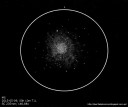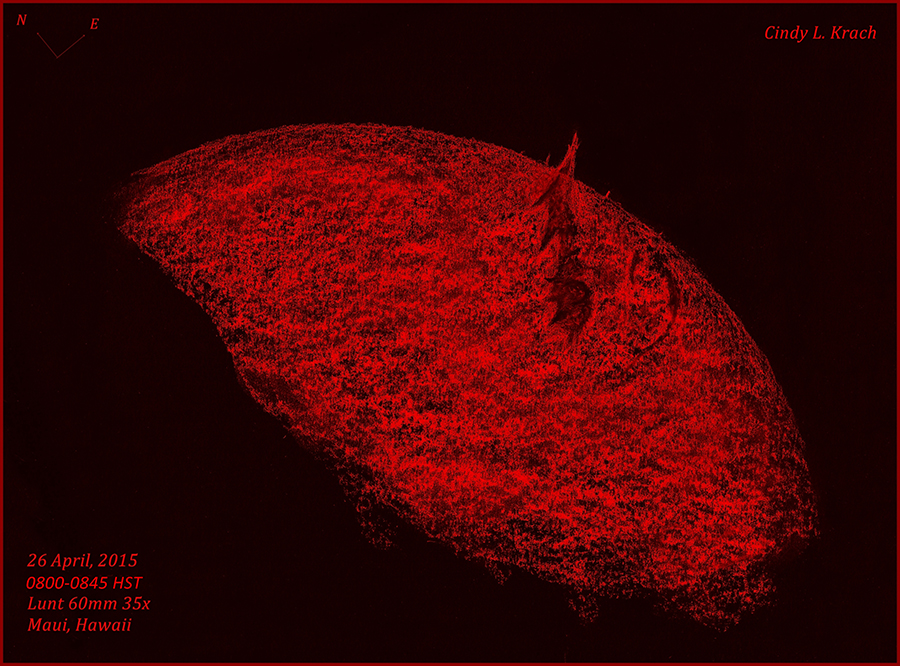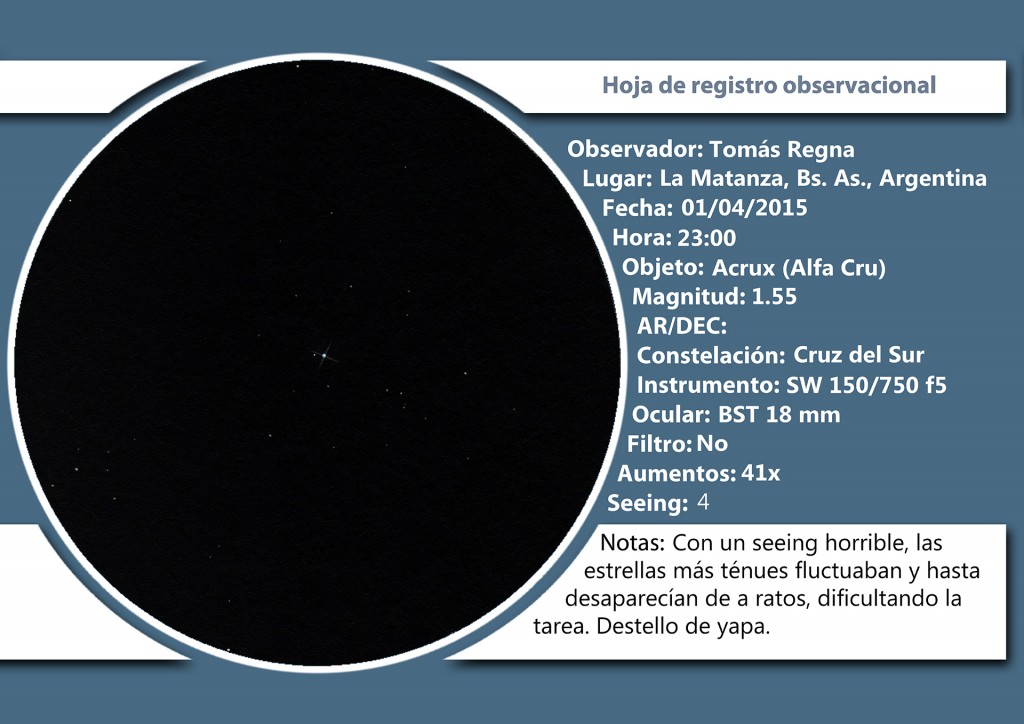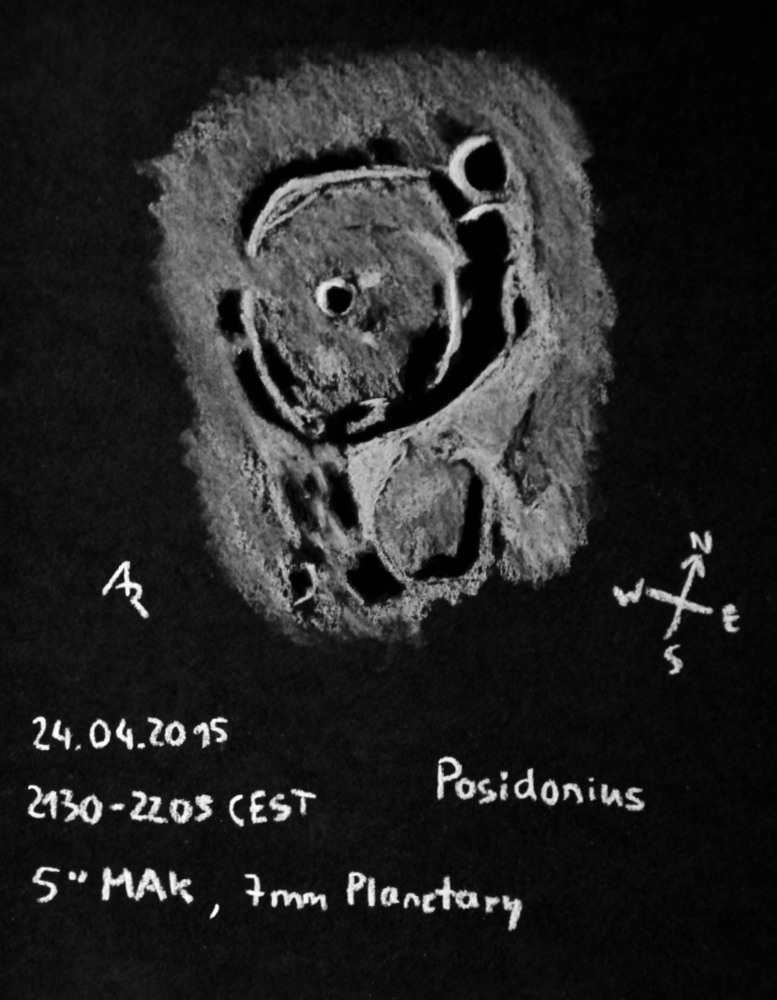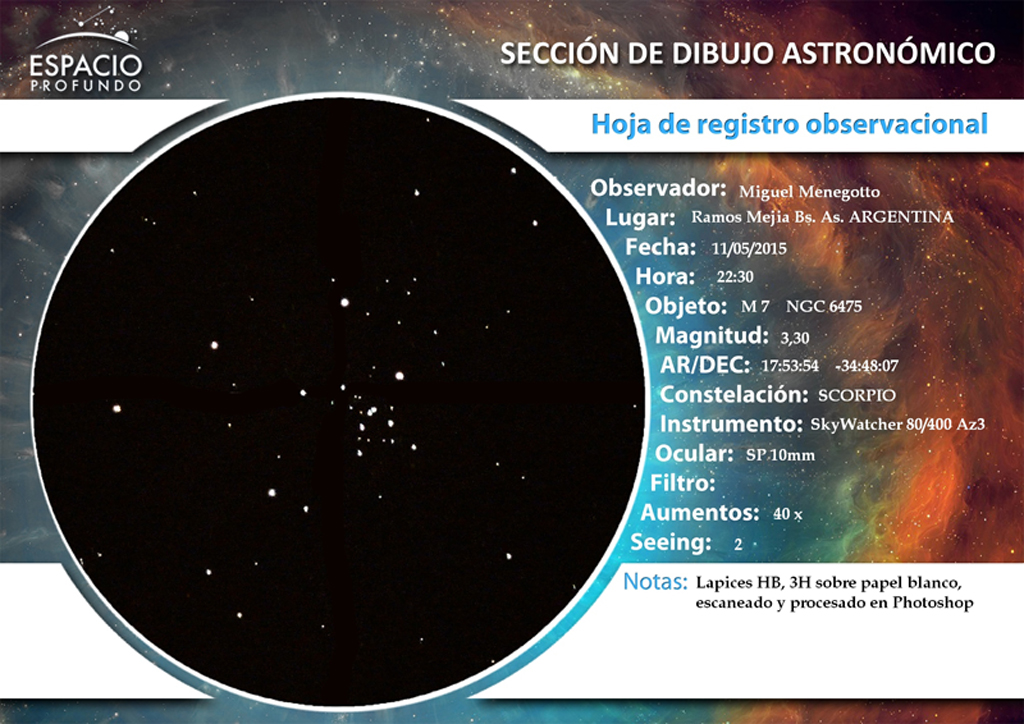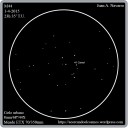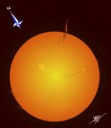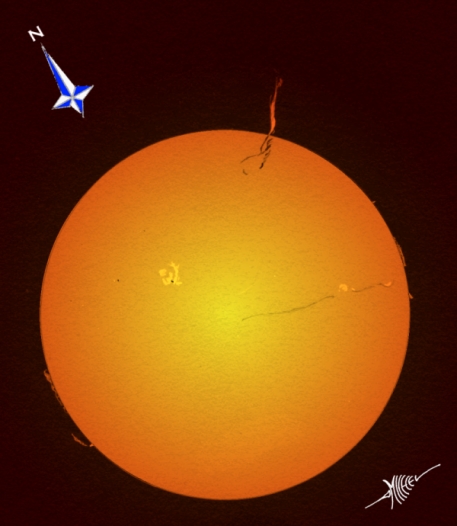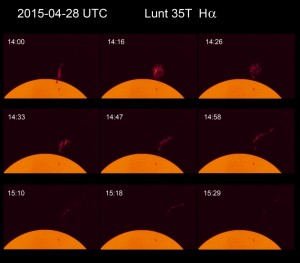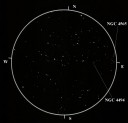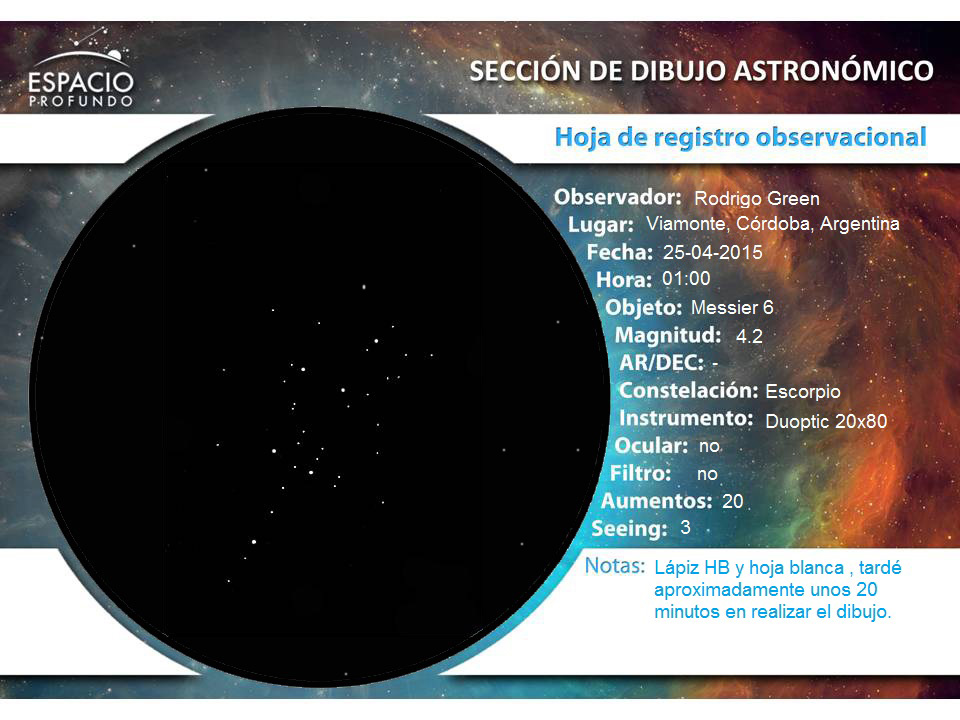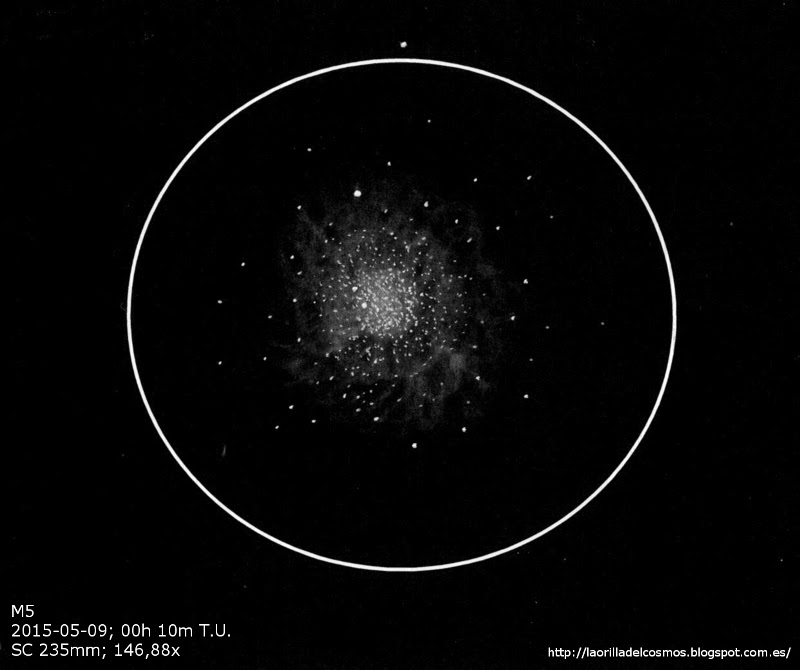
Messier 5
Object Type: Globular Cluster
Location: Tarragona – Spain
M5 is undoubtedly one of the finest globular clusters we can observe with our telescopes, But I have to admit that I was not able to show all the beauty I saw through the eyepiece, better to take a look for yourselves .
For more details of my observation you can visit my blog:
http://laorilladelcosmos.blogspot.com.es/2015/05/m5-cumulo-globular-en-serpens.html
Date and Time: 2015-05-09, 00h 10m UT
Telescope: SC Celestron 235mm (9.25″); CGEM mount.
Eyepiece: Nagler 16mm Type 5 (x146.88)
White paper, HB2 graphite pencil, scanned and inverted with Gimp 2
Seeing: 3/5 (5 the best)
Transparency: Clear. Rural skies.
Location Constellation: Serpens Caput
Position: R.A. 15 h 18 min / Dec. +02° 05′
Thank you and best regards.
Oscar
